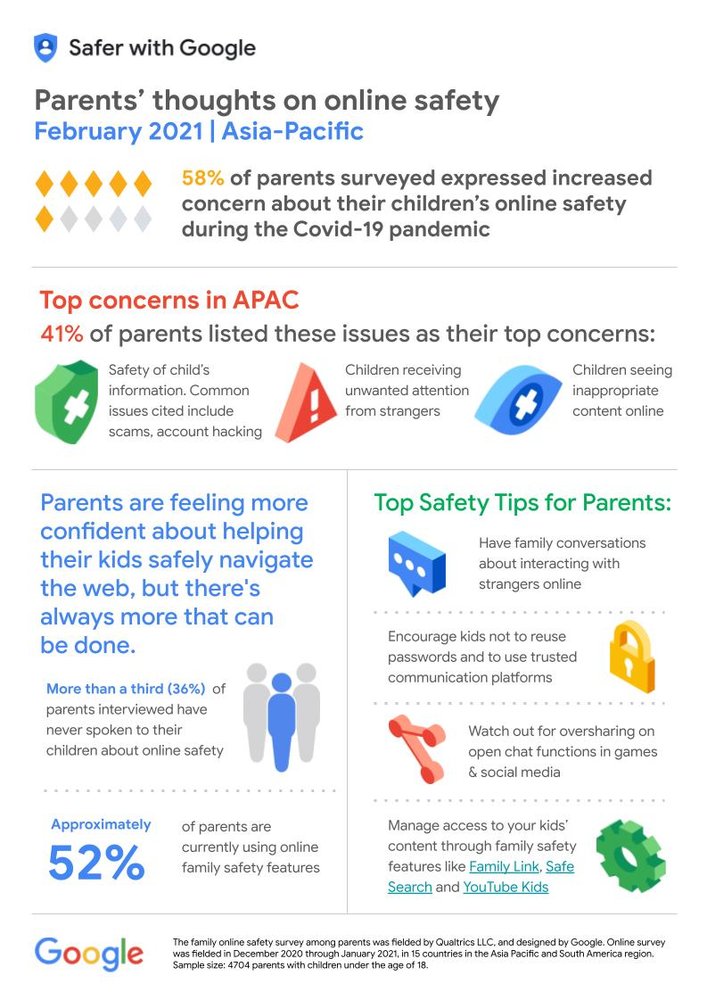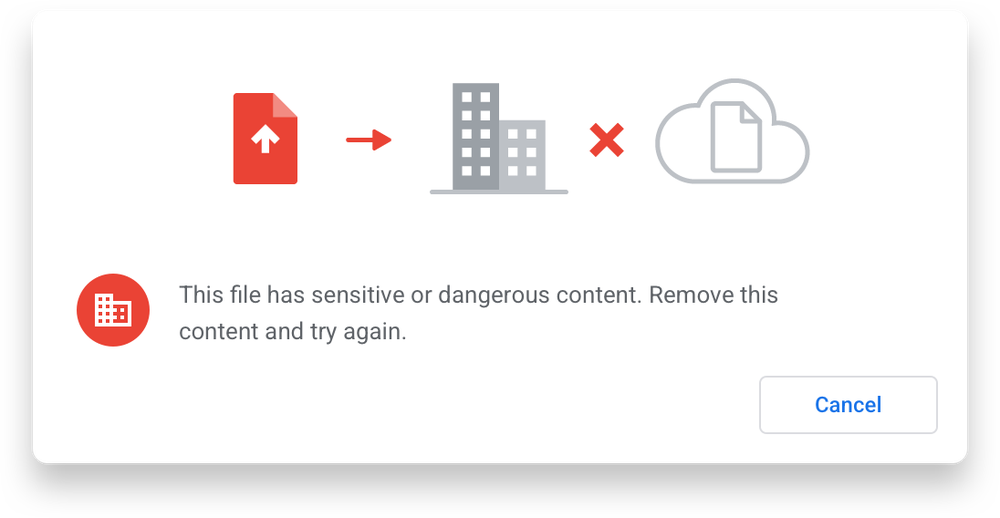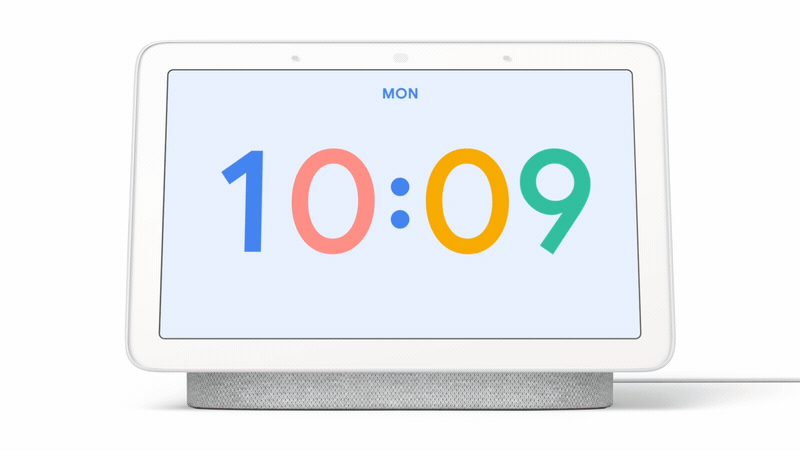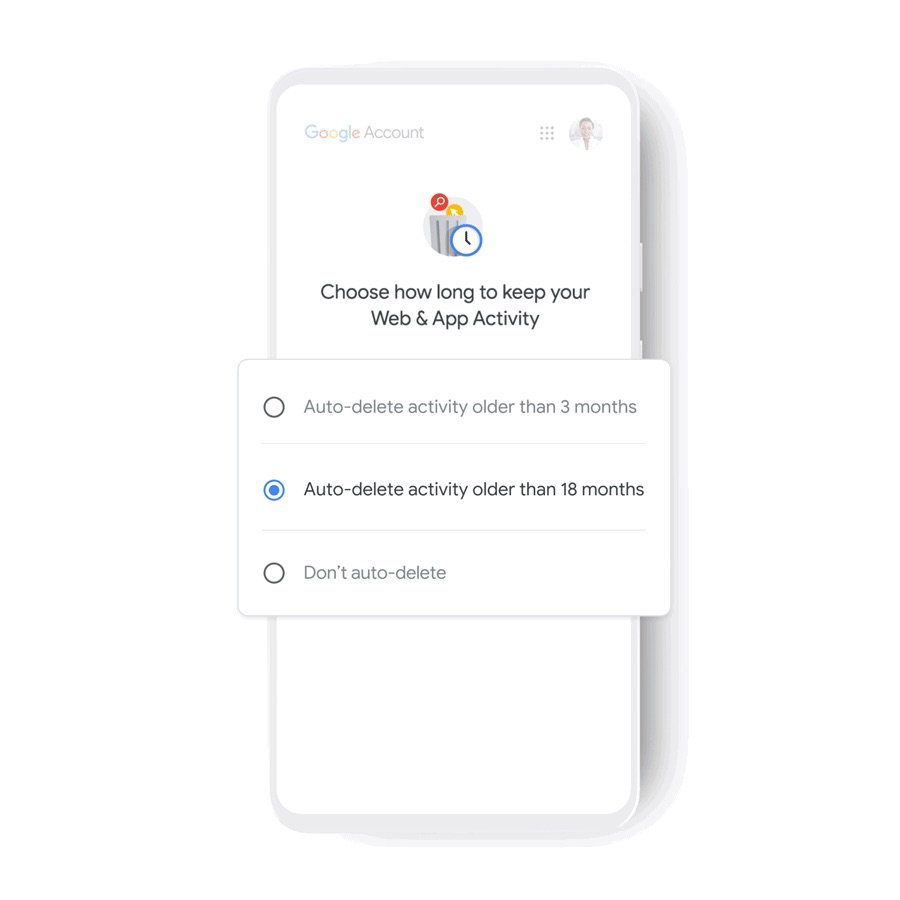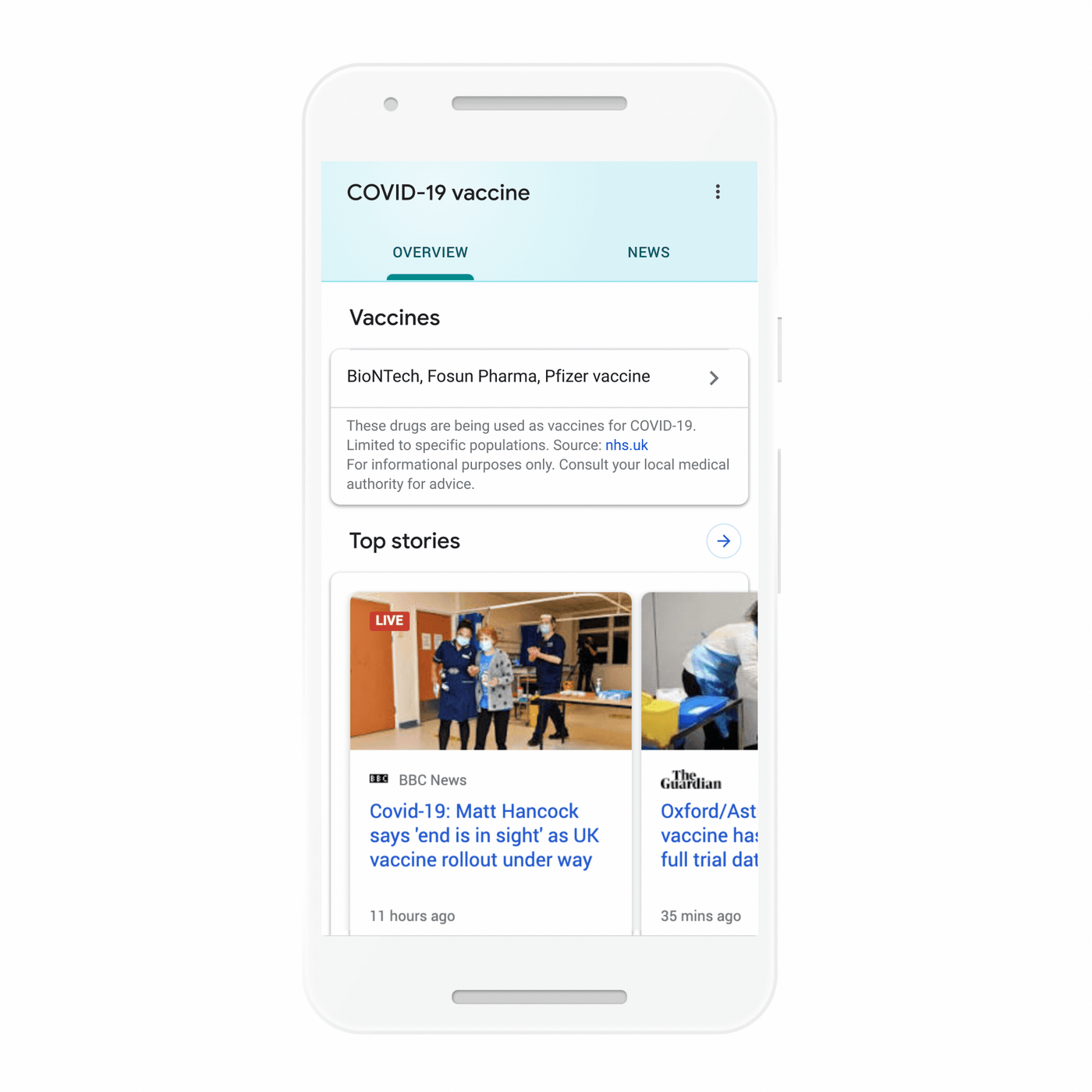Last year at the start of the U.S. 2020 election season, we announced our collaboration with Defending Digital Campaigns (DDC), a nonprofit and nonpartisan organization, to give any eligible Federal campaign access to free Titan Security Keys—the strongest form of two-factor authentication. This collaboration is a part of our Advanced Protection Program, which protects high-risk individuals who have access to high visibility and sensitive information, such as election officials, campaigns, activists and journalists. In the lead up to the 2020 elections, DDC distributed more than 10,000 Titan Security key bundles to more than 140 U.S. Federal campaigns.
Today we’re expanding our support for DDC to provide eligible campaigns and political parties, committees, and related organizations with knowledge, training, and resources to defend themselves from security threats—now at both the Federal and state level. Here’s how:
- Expanding security support to eligible state campaigns:We’re expanding our collaboration with DDC to include state campaign security support alongside our existing federal campaign efforts.
- Support virtual security training in all 50 states: To help spread awareness and educate all persons involved in the campaign ecosystem, we’re collaborating with DDC to bring non-partisan virtual security training to all 50 states by the end of 2021. These trainings are designed to inform and educate state campaign officials, staff and others in the political sector, to understand the basics of protecting their organizations, keeping their information safe, and using built-in and widely available security tools.
- Deploy an election security help desk and “best practices” knowledge base:We understand that security can be complex and that questions are inevitable. That’s why we will be supporting DDC to deploy a cybersecurity “help desk” to help eligible campaigns with cybersecurity-related questions and product implementation support. This will include, but not be limited to, support for our Advanced Protection Program and Titan Security Keys and other Google security products and services. DDC is also building out an online knowledge base to easily access security best practices, including steps to protect your accounts, frequently asked questions and more.
We continue to recommend that everyone associated with political campaigns enroll in our Advanced Protection Program, which is free, bundles the strongest Google Account security options together, and proactively protects against new and evolving threats. Advanced Protection is available for both personal and Workspace accounts—we recommend campaign members enroll both types of accounts in the program.
In addition to our continued work with DDC for campaigns, we’re also supporting a new cybersecurity training initiative for elected officials and their staff. Cybersecurity for State Leaders, driven by the National Cybersecurity Center and supported by Google, aims to educate state lawmakers and staff on ways to strengthen their defenses against digital attacks. The training will be conducted in all 50 states over the course of 2021, through a series of virtual seminars throughout the year.
Keeping everyone safe online remains our top priority and we look forward to continuing our work in 2021 to make sure campaigns and elected officials around the world stay safe online. Through our network of global Google Safety Engineering Centers (GSEC) we will also further expand our reach to bring Google’s strongest security protections to those who need it most around the world.

